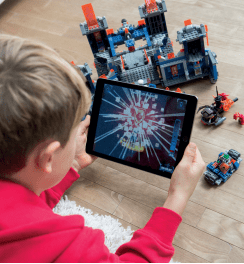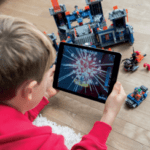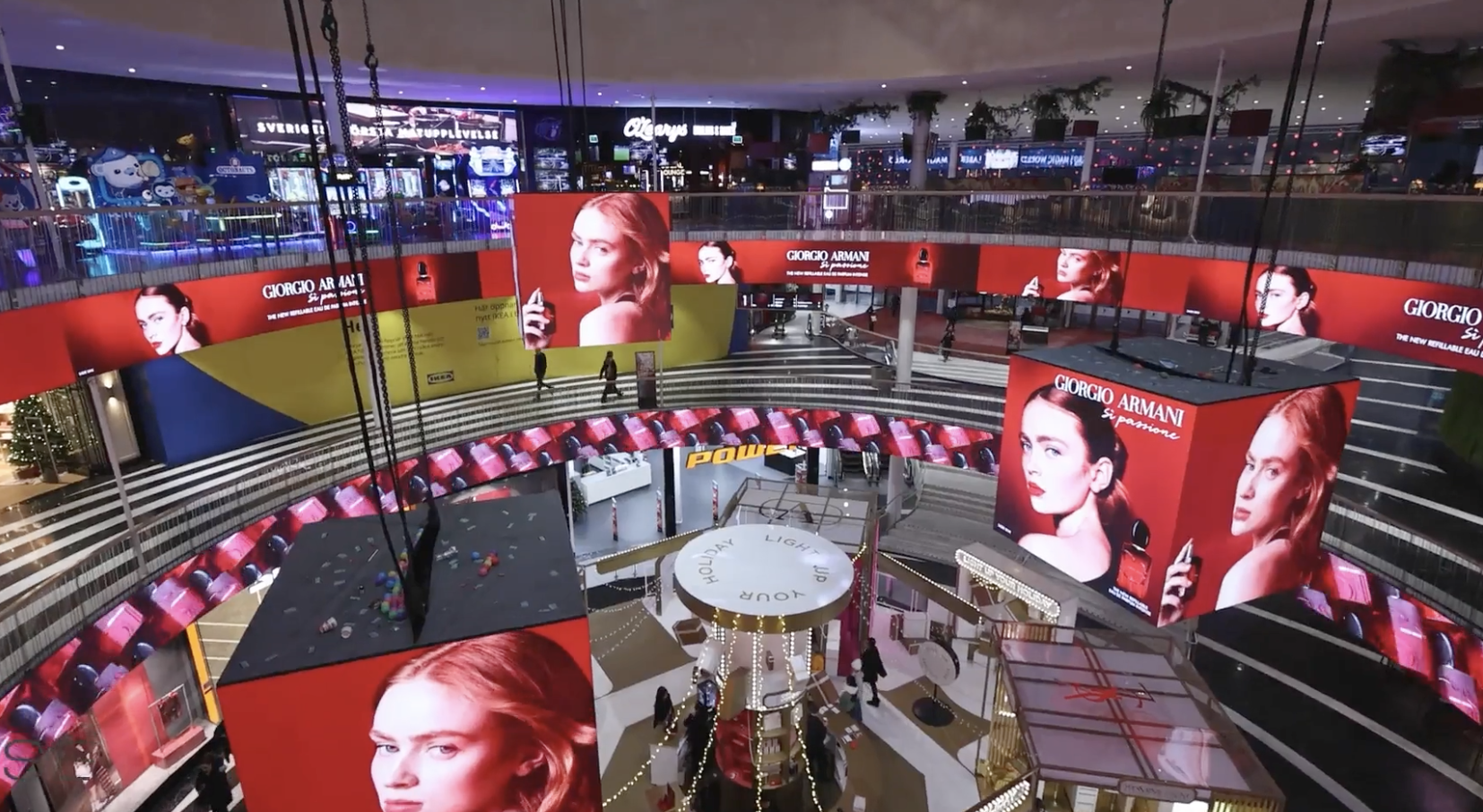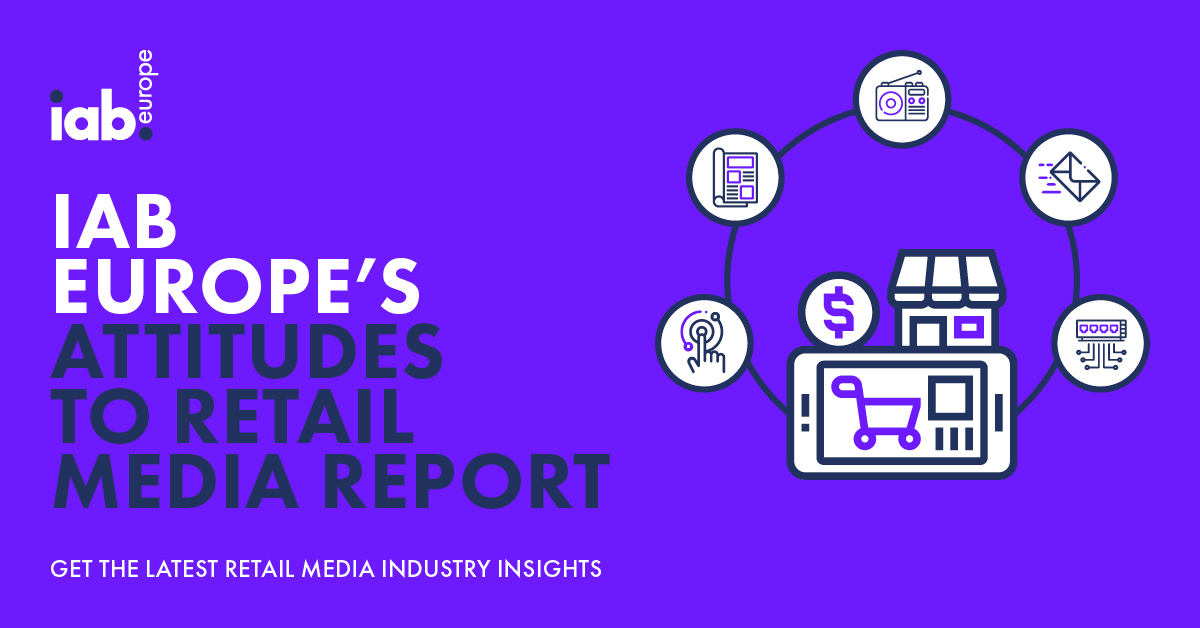How Lego developed its omnichannel shopping experience
Lego’s stated aim is to “deliver a consistently awesome Lego experience on every shopping mission”, in the words of Leif Bode Nielsen, head of omnichannel EMEA at the toy brick maker. That aim guided it through building its new shop.lego.com website, which launched in October.
“We want to make sure shoppers get a great experience, however they touch the brand, no matter where they are on the journey,” said Nielsen, speaking at the InternetRetailing Conference 2016.
In order to achieve this, he said, it was important for the brand to know its customers and accommodate their different online journeys. That meant a child-friendly design, with colourful tabs that take users on a browsing, searching or gift-buying journey.
Delays in creating an omnichannel system meant that the website development team had to start work before the supporting IT systems were ready. The team created a mock ecosystem of the store where it developed tools, working with both users and developers through hackathons to find solutions and features that would work both on the site and within its stores. “I know it feels like it might have been a lot of work and money but it really wasn’t,” said Nielsen. “The cost we’ve saved in doing real solutions following this mock-up ecosystem has been tremendous. It’s meant we could try out a lot of things.” One potential solution that was developed through the hackathon and is now being developed further is a chatbot that shoppers can talk to or type to across all touchpoints. But although the brand this month [November 2016] opens its most digital store yet in London’s Leicester Square, some of the in-store solutions it came up with were relatively low-tech: in-store browsers, for example, that can print barcodes to scan at the till. “We don’t want zombie-channel solutions,” said Nielsen. “We’ve so often seen people who had ‘wow’ omnichannel store solutions that weren’t actually working when we went to see them.” Instead, an important KPI was: does this cause the store to sell more?
It has also been important for the brand to work with third-party retailers. “We like our shoppers and our retailers equally,” noted Nielsen. “We want to make sure our retailers have great sustainable financial value in the relationship that they have with us.” That’s why in-store digital technologies such as tablets and screens have been rolled out with third-party retailers before they’ve gone into Lego’s own stores. “We built a system that could grow with our aspirations,” Nielsen concluded.
Liked this article? Click here to subscribe and receive all future reports straight to your inbox.






